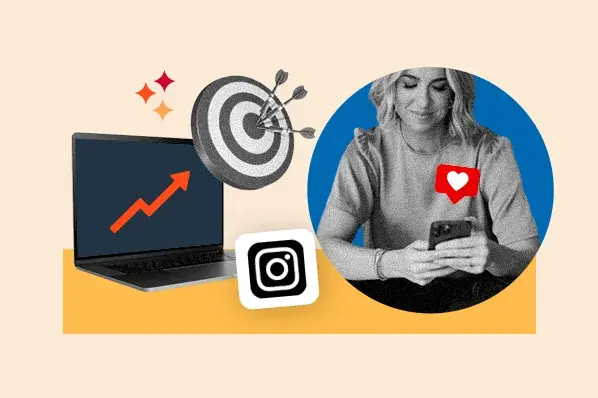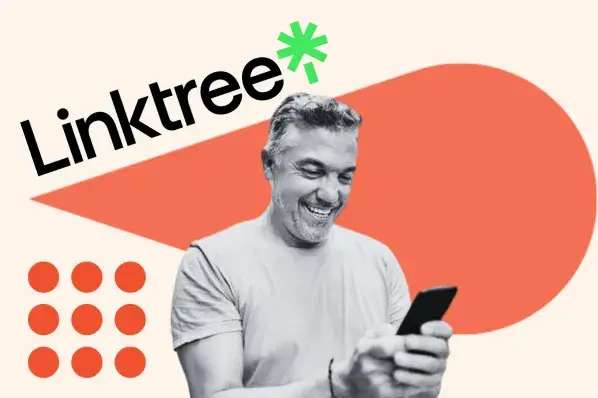Why Instagram is Getting Rid of the Swipe Up
Back in June 2021, Vishal Shah, Instagram's former Head of Product, told the Verge they were testing an alternative to Instagram's popular swipe up feature — which, as a reminder, enables influencers to direct viewers to external links.
As Shah told the Verge, stickers fit more cohesively into the existing Instagram infrastructure. He said, "[This test] brings links into the same kind of overall system, which from a simplicity of system perspective, also makes a lot of sense."
Then, in August, Instagram made an announcement that stickers would replace the swipe up feature. In a statement, an Instagram spokesperson said stickers would "streamline the stories creation experience" and offer more "creative control".
What does that mean, exactly? Well, unlike the swipe up feature, which looked the same for everyone, link stickers can be customized depending on color, text, size, and placement within the story.
Plus — perhaps best of all — viewers can still engage with the story by reacting or replying to it, which the swipe up feature had previously inhibited people from doing.
Here's an example of what I mean. On the left phone, shown below, you'll see an older HubSpot stories post with a "See More" CTA at the bottom — what was known as the swipe up feature.
On the right side, you'll see a newer HubSpot stories post with a "Visit Link" CTA, which pops up when you click on the link:

It's important to note — similar to the swipe up feature, the new link sticker will only be available for verified accounts or accounts with more than 10,000 followers. (At least for now.)
Adding links as a sticker makes sense for Instagram's creative direction, seeing as most of its other features are already available in sticker form (including polls, questions, and location stickers).
To investigate how social media teams are using the new link sticker, I spoke with HubSpot's social team. Let's dive into their advice, next.
How HubSpot Social Media Teams Are Preparing
I spoke with Kelsi Yamada, a Marketing Manager of Social Media Campaigns at HubSpot, to learn how the team had prepared for the swap to link stickers.
Yamada told me, "The biggest piece of advice I have is to plan for the sticker to take up space. The swipe up feature allowed you to include a link without having it be a part of the creative, but [the link sticker] actually needs some real estate on the screen."
When adding a sticker, think about how it can match the aesthetic of the post. If your stories all follow the same visual theme, consider designing your sticker to match that theme.
Yamada adds, "I also think there's a character limit on the link sticker, so be prepared to make custom vanity links, or make it very clear where the link is going — for instance, for a product announcement, we were going to use bit.ly, but since it showed up on the sticker as a bit.ly link, we decided to just use hubspot.com/new so it seemed more authentic."
Next, let's dive into a few additional best practices brands can follow as they incorporate the link sticker into their stories.
How Brands Can Navigate
Similar to the swipe up feature, the link sticker enables brands to promote new product pages, upcoming events, or the company's homepage.
But these links should be used sparingly. If every story you publish includes a link to take followers elsewhere, your followers will grow tired of clicking.
Additionally, you want your link to be as relevant to the content as possible. If you're posting about an upcoming product announcement, don't link to your homepage — take followers directly to the product landing page.
Here are a few other actions you can encourage followers to take with the link sticker:
- Drive traffic to your other social media accounts. For instance, you might post a short clip of a branded YouTube video, and include the link to the full video.
- Drive traffic to your blog by posting content related to the blog post, with a link to the full article.
- Create promotional deals directly through Instagram. Encourage followers to click on a story link to earn 10% off, win a giveaway, etc. This can help you increase engagement on Instagram and drive sales, as well.
Here are a few clever examples of how brands are using the new link sticker.
1. ASHYA
ASHYA, a bag and luggage brand based in New York City, created a recent story post that highlighted the company's new fall bag.
The design of the post is minimalist to draw attention to the new product — and, to ensure it doesn't distract users, ASHYA's link sticker (which links directly to the product page) is grey and white and blends into the background nicely.

2. Lil' Libros®
Lil' Libros®, a bookstore that sells adorable bilingual picture books for children, created a story post to highlight an upcoming book signing. The post uses a mix of tan, black, and white colors — and the link sticker, designed in a colorful blue, fits the post's theme perfectly.
Additionally, Lil' Libros® drew attention to the sticker by adding text with a "Click link" arrow that points users directly to the sticker. Consider how you might similarly design your post around the sticker to show followers exactly what you're asking them to do.

3. Neatly Nested
Boston-based home decor shop Neatly Nested has a clean, sophisticated theme across their Instagram posts. In the post shown below, the team uses neutrals and browns to highlight their new fall collection. The sticker at the bottom is the same color as the background, and is placed below the photo to ensure nothing detracts from it.

And there you have it! You're well on your way to using the link sticker like a pro. Keep in mind — just like with anything related to social media, you'll want to do what's best for your audience above all else.
As you test out the link sticker, keep track of which types of links drive the most traffic. Over time, you can iterate on your strategy to delight more of your audience. Happy linking!
Instagram Marketing
.png?width=112&height=112&name=Image%20Hackathon%20%E2%80%93%20Horizontal%20(39).png)

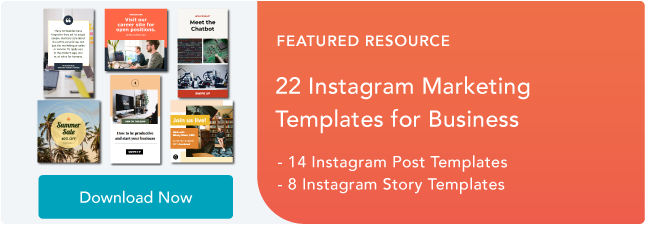
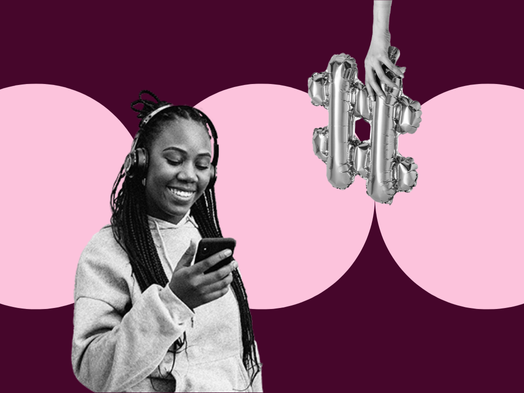

![41 Instagram features, hacks, & tips everyone should know about [new data]](https://53.fs1.hubspotusercontent-na1.net/hubfs/53/Instagram-hacks-1-20240916-2633447.webp)
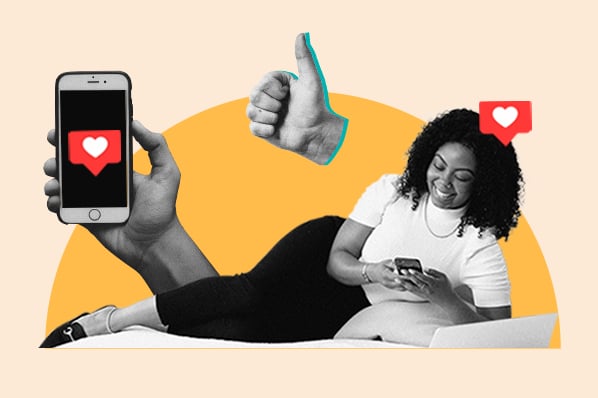
![How to Use Instagram: A Beginner's Guide [Expert Insights + New Data]](https://53.fs1.hubspotusercontent-na1.net/hubfs/53/how-to-use-instagram_0.webp)
![The Pros and Cons of Instagram Marketing, According to an Expert [+ Research]](https://53.fs1.hubspotusercontent-na1.net/hubfs/53/Untitled%20design%20-%202024-11-15T195221.458.jpg)
![How to Use Instagram for Business [Data & Insights From 650+ Marketers]](https://53.fs1.hubspotusercontent-na1.net/hubfs/53/instagram-for-business.webp)
![601 Most Popular Instagram Hashtags in 2024 [+ Trends & Data]](https://53.fs1.hubspotusercontent-na1.net/hubfs/53/instagram-hashtags_2.webp)
